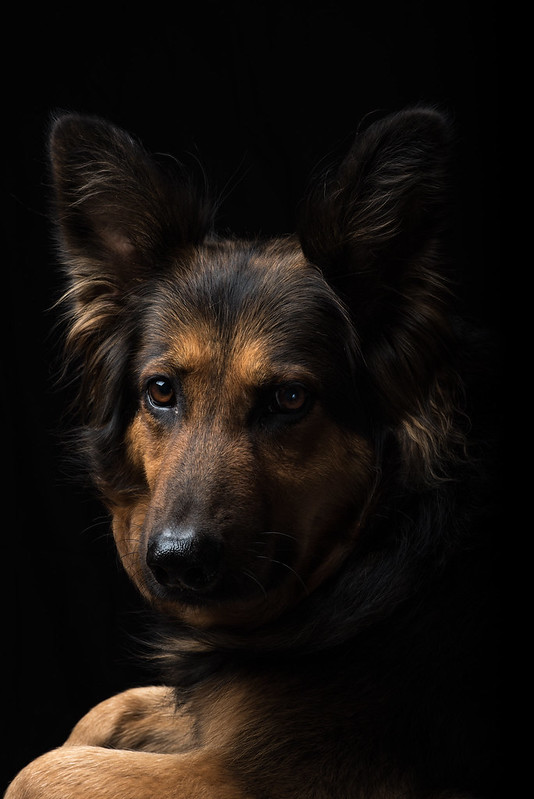It was meant to be a starting point for assistance..... Like I say, I've never shot studio before, but I do have an old set of Elemental Studio Flash Lights and Backdrop....
That's understood, it's not your fault that the internet is awash with this rubbish.
To add to the excellent advice that Phil has given, and totally ignoring the background for now...
Just set your main (key) light in a place where the light it creates looks natural, so directly above where your subjects are looking - which means that if they are looking directly towards the camera, put the light where the camera is too, and high enough to create shadows that go downwards, just as the sun would do. Typically, this would be a softbox, and the bigger it is then more gentle the shadows will be.
Now, if necessary, reduce the depth (darkness) of those shadows by introducing a fill light. The fill light goes where the lens is, in a perfect world. Now, the lens is already where the light should go, so we usually stick the light behind the camera, with its centre at the same kind of height as the lens. Now, both you and the camera are in the way, so having the light behind will, in theory, create its own shadow - but, the closer the light is behind you, and the bigger it is, the less of an issue this is, and if you have a decent sized umbrella to provide this fill light, you won't see this shadow.
With all lighting, you start with just the key light - don't start off with more than one. If you need the fill light, introduce it after seeing what you have with the key light, and if you do use it then start off with it at the lowest power setting, where it will do very little. Then, by stages, increase the power of the fill light incrementally, until you're happy with the result.
And then finally, add lighting to the background if required.
And that's about it, not as a complete answer but as a starting point. You can tweak things later to suit your own tastes or to cater for different face shapes etc.


 Rosie 2
Rosie 2 Hugo and Thomas
Hugo and Thomas